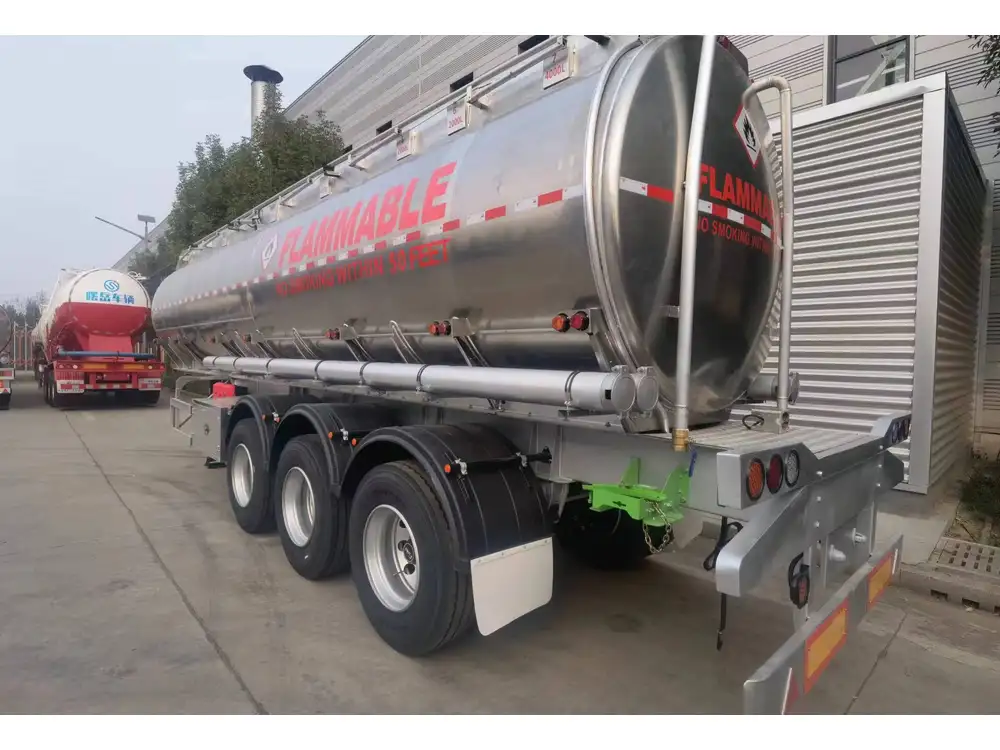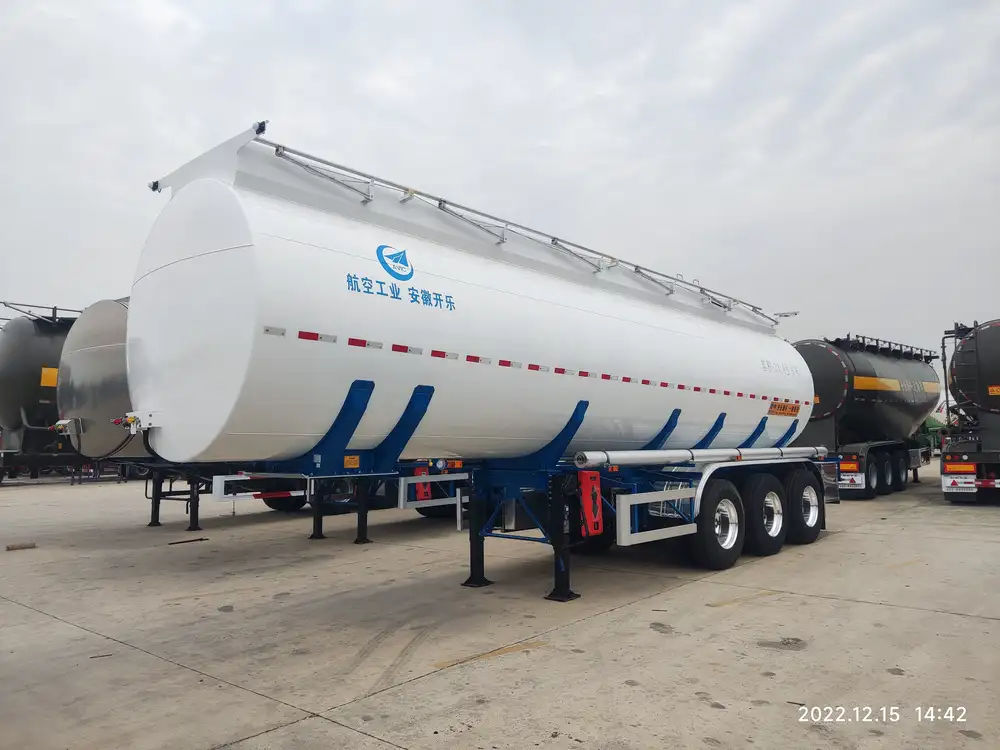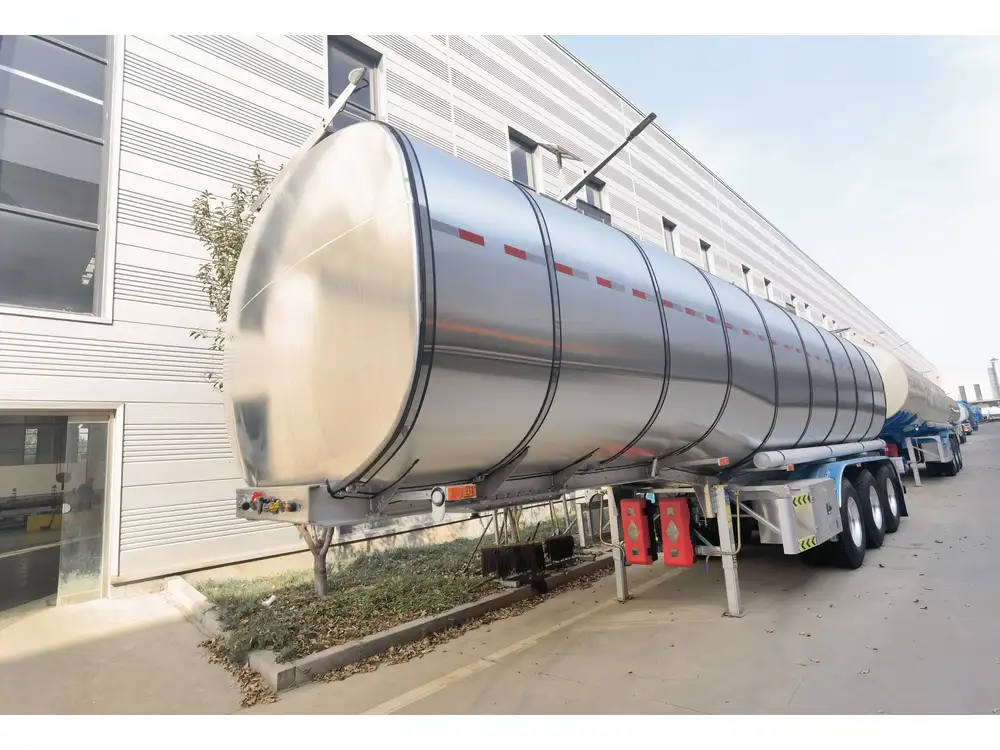When it comes to understanding the logistics and operations of semi-trucks, an essential aspect often overlooked is their weight when not hitched to a trailer. The phrase “how much does the average semi truck weigh without trailer” induces a critical exploration of various details that can significantly affect operational efficiency, fuel economy, and transportation regulations. This article delves into the complexities of semi-truck weights, providing insights for manufacturers, trucking companies, and logistics managers who seek to optimize their operations.
The Average Weight of Semi Trucks Without a Trailer
Defining a Semi Truck
Before we address weight specifics, it’s crucial to define what we mean by “semi truck.” Typically, a semi-truck refers to the tractor unit, which includes the engine, cabin, and the front axle, capable of towing a variety of trailers. This distinction is vital for understanding weight classifications.

Weight Percentiles: The Range of Tractor Weights
On average, a semi-truck weighs between 15,000 to 25,000 pounds (approximately 6,800 to 11,300 kg) when unloaded and standing alone without a trailer. This range is influenced by several factors, including:
| Factor | Weight Variation |
|---|---|
| Engine size | Heavier engines lead to greater weight |
| Model and design | Different truck models have varying weights |
| Material composition | Trucks made from heavier materials will weigh more |
| Equipment added | Additional features (e.g., large fuel tanks) increase weight |
Types of Semi Trucks: Variability in Weights
Standard Semi Trucks
Standard models generally fall within the average weight range mentioned above. Most commonly used for widespread transporting services, they provide a robust framework for efficiency.

Heavy-Duty Trucks
These trucks, often utilized in construction or emergency services, can weigh significantly more due to added equipment and sturdier construction, edging closer to 30,000 pounds (approximately 13,600 kg) even without a trailer.
Light-Duty Trucks
Conversely, lighter semi trucks, often with smaller engines or more lightweight materials, can be found weighing as little as 12,000 pounds (approximately 5,400 kg) or less, making them ideal for urban delivery and logistics.
The Impact of Regulations on Weight
The weight of semi trucks, including that of the tractor alone, is not only a matter of physicality but also one of legality. Regulations are imposed by federal and state authorities to ensure that trucks do not exceed specific weight limits on highways, thereby preventing unnecessary wear on road infrastructure and enhancing safety.
| Regulatory Body | Weight Limit |
|---|---|
| Federal Motor Carrier Safety Administration (FMCSA) | Maximum truck weight (combined) of 80,000 pounds (approximately 36,300 kg) |
| State Weight Limits | Varying regulations apply; often limited to maximum of 20,000-34,000 pounds (roughly 9,100 – 15,400 kg) per axle |

Factors Influencing the Weight of a Semi Truck
Engine Size and Type
The engine plays a pivotal role in the total weight of a semi truck. Typically, semi-trucks are equipped with engines ranging from 300 to 600 horsepower. Larger and more powerful engines, while providing better performance in terms of load capacity and fuel efficiency, also contribute to increased weight.
Material Composition
Modern semi trucks may vary greatly in terms of the materials used in their construction. For instance, trucks made from aluminum tend to be lighter than their steel counterparts, thus facilitating better fuel efficiency while maintaining strength. The combination of materials used also impacts durability, influencing long-term operational costs.

Added Features and Customizations
Additional features such as larger fuel tanks, upgraded suspension systems, and extra storage compartments contribute significantly to a truck’s overall weight. Fleet managers must consider these factors when outfitting trucks to ensure they remain within regulatory weight limits while serving their intended purpose effectively.
Manufacturer Differences
Different manufacturers produce trucks that may weigh differently even when having similar dimensions and capabilities. Understanding the subtleties between different models can assist fleet managers in making better purchasing decisions aligned with industry demands.
The Importance of Knowing the Weight

Fuel Efficiency
One of the pivotal elements in operating semi trucks is fuel efficiency. Understanding the weight of a truck – both with and without a trailer – can vastly influence fuel consumption. Heavier trucks generally consume more fuel, hence reducing an operator’s profit margins.
Load Capacity
Each semi truck has a specific Gross Vehicle Weight Rating (GVWR), a critical metric for any trucking operation. It determines how much weight a truck can safely carry, including the driver, fuel, and any additional equipment. Knowing the weight of just the tractor helps fleet managers ascertain how much weight they can place on a trailer, facilitating better load distribution and increased safety on the road.
Safety and Compliance
Transporting loads that exceed weight limits poses risks; it can lead to accidents, road damage, and hefty fines. Understanding the weight of a semi truck can help ensure compliance with transportation laws and enhance safety on the roads.

Advanced Considerations: Weight Distribution
The Role of Axles in Weight Distribution
When considering the overall weight of a semi-truck, it’s essential to also understand how weight is distributed across axles. Trucks are designed to carry weight evenly to prevent undue strain on any particular axle:
| Axle Configuration | Typical Weight Distribution |
|---|---|
| Single Axle | Weight is concentrated; max 20,000 pounds (approx. 9,100 kg) |
| Tandem Axle | Even distribution allowed; max 34,000 pounds (approx. 15,400 kg) |
| Tri-Axle | Further divided distribution; max 42,000 pounds (approx. 19,000 kg) |
Potential Weight Issues
Understanding semi-truck weights and how they affect loads is vital for preventing issues such as:
- Overloading: This leads to stress on the axles, brake systems, and tires, causing accelerated wear and potential accidents.
- Uneven Weight Distribution: This can cause loss of control and increased stopping distance, particularly in adverse weather conditions.

Truck Weight FAQs
How Can I Determine the Exact Weight of My Truck?
The most accurate method is to utilize a certified weigh station, which can provide precise measurements.
What Are the Implications of Exceeding the Weight Limit?
Exceeding weight limits can lead to serious legal consequences, including fines, suspensions of licenses, and more severe penalties if an overloaded truck is involved in an accident.

Are There Weight Reduction Techniques?
Yes, several strategies can help reduce truck weight, including using lighter materials (like aluminum), removing non-essential equipment, and optimizing fuel storage solutions.
Can Load Capacity Affect Insurance Premiums?
Absolutely. Trucks operating over their capacity may face higher insurance premiums due to increased risks associated with potential accidents and other liabilities.
Conclusion: The Significance of Understanding Truck Weights
In conclusion, grasping the weight of semi trucks without trailers is paramount for anyone involved in the trucking industry—be it manufacturers, fleet managers, or logistics experts. The intricate interplay between truck weight, efficiency, safety, and regulatory compliance should not be underestimated. By arming themselves with knowledge about the average weight of semi trucks, stakeholders can make informed operational decisions that enhance safety, boost efficiency, and ultimately maximize profitability in an ever-competitive landscape.
For more detailed inquiries about semi-truck specifications and tailored guidance for your operations, we invite you to reach out to us. We stand ready to assist you in navigating the complexities of the trucking industry, ensuring you remain compliant, efficient, and profitable.



